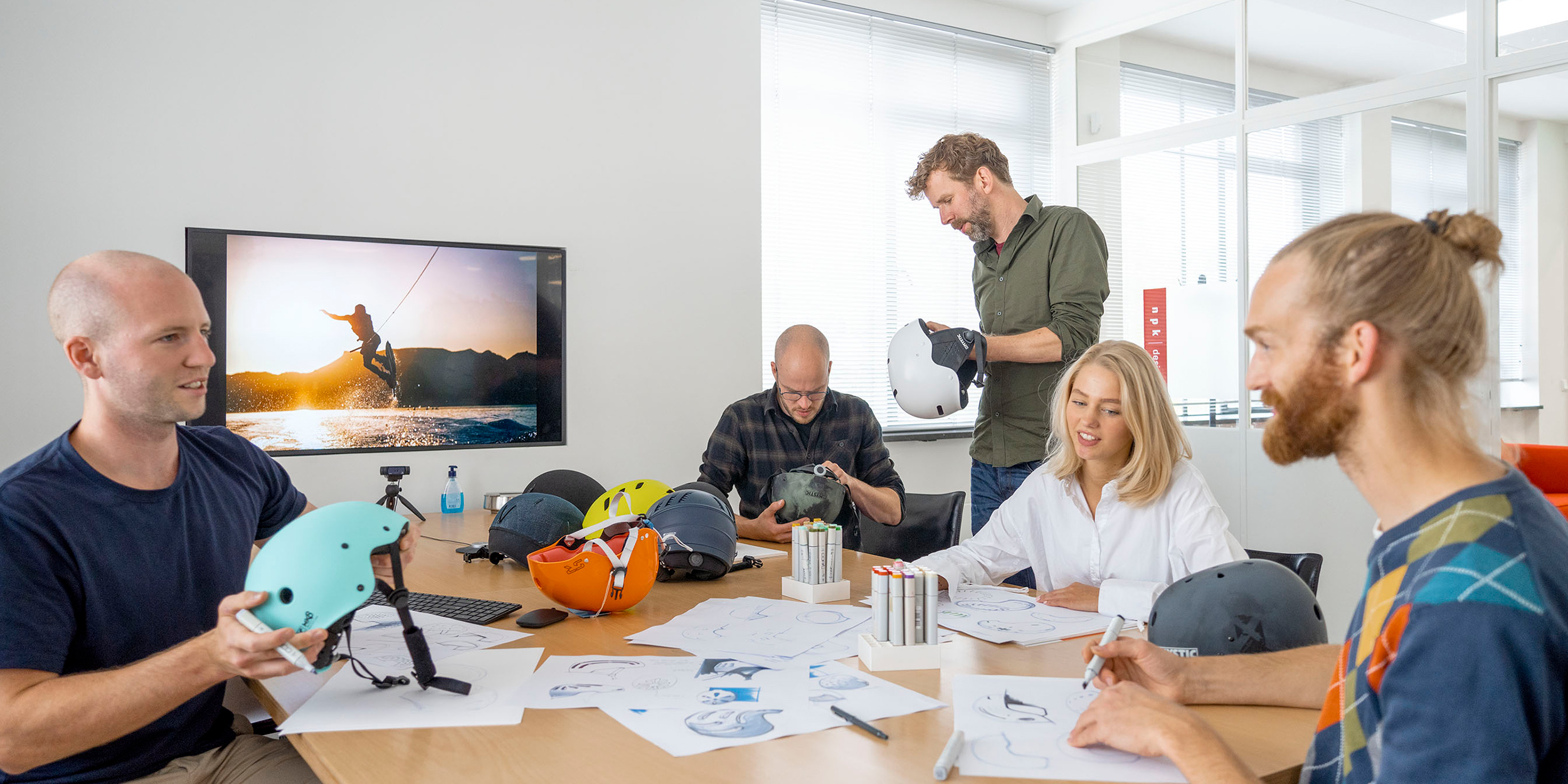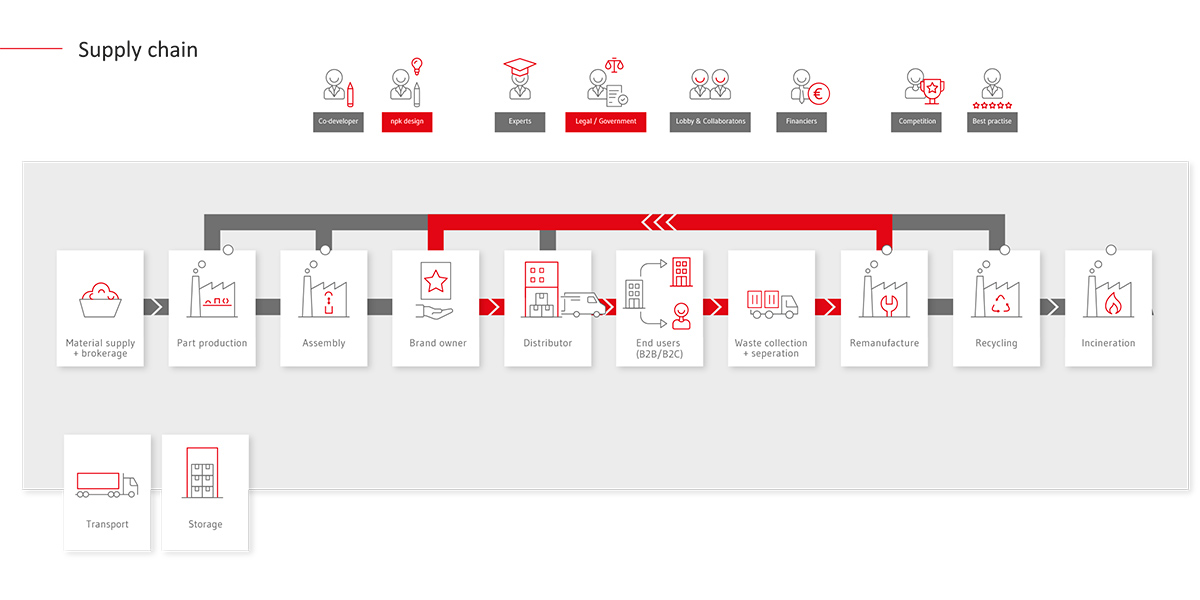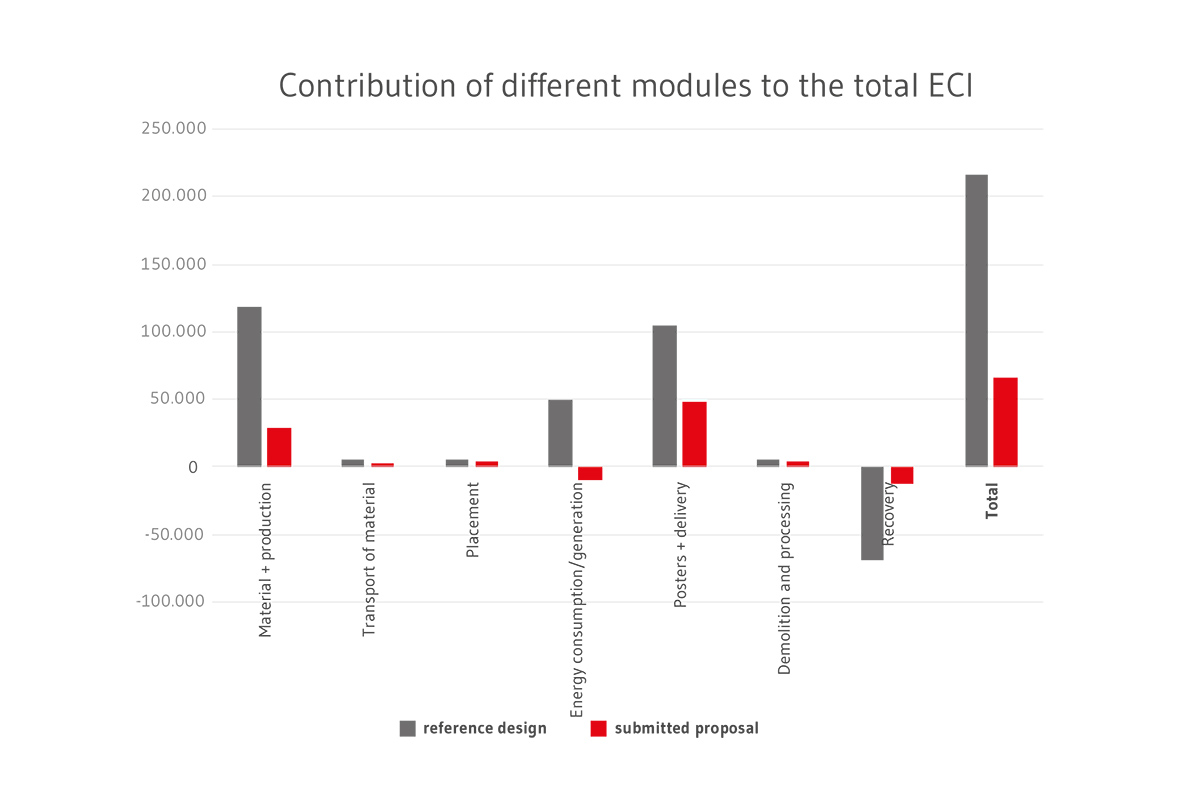nrg2050
Charging point for electric vehicles

Due to changed sustainability standards, you may have to deal with different requirements that a new product or system must meet. Naturally, this affects the process of designing a product or system which is truly sustainable. We notice this also changes the role and responsibility of clients – people like you.
Designing a sustainable product is like solving a puzzle. To do this, we need to think beyond using recycled materials. Both the puzzle and the solution are multi-dimensional: besides the high-quality aesthetics, the design focus should be on the business, usability, supply chain, and production ecosystems. That’s why we ask our clients to join us and share their expertise on the subject. This results in positive energy and efficiency all through the design process and well-thought-out designs.
At npk design, we imagine and create solutions that make an impact.
Over the last 40+ years, we created all our designs according to our inspirational principle: ‘longevity through providing high-quality solutions.’
For us, it all begins with a fresh look at the case. While legislation, industry standards, everyday practice, and linear business sense might stand in the way of doing things differently, we choose another perspective and turn these blockers into opportunities. We embrace shifting public opinions, new (tax) rules, or legislation and see your supply chain as part of the solution. This way, we use the system and create better opportunities that change and improve the course of doing business.

Sustainable design challenges us, but in a good way. Our main drivers for our approach are:
First, we need to understand your customers or users. Who are they, and what determines the product value for them? Every decision ahead will have an impact, so how can we improve the experience people have with your product or service? And how does it maintain that value over its lifetime and beyond? Also, we want to find out how we can nudge customers to make the right choice or influence their behaviour. Answering all these questions and more helps us to get to know your business, the supply chain, and the value issue.
When designing your new sustainable product, we put creativity to work. This is not a linear process. At all. However, it is structured, efficient, and result-driven. To solve the design puzzle, we organize short loops in which we ideate, prototype, test, and break. This way, we learn and optimize to steer the development in the right direction. We create user insights, imagine new aesthetics & concepts, and invent along with feasible technical engineering principles. Also, we cross-pollinate and learn from other industries. By involving our clients and other stakeholders, we make them part of the solution. This way, we challenge and integrate the supply chain and blend products and services. Did we already mention that this is not a linear process? 😉

An essential driver for success is to ensure that value is created for all stakeholders involved. Then – and only then! – a product can be truly successful and thus sustainable. This requires a view from all multi-dimensional angles.
This goes from investigating new technologies and materials to controlling the use of energy. We need to involve and improve the supply chain and provoke transparency about who earns what, when, and why. We steer towards a short and long-term development roadmap and focus on essential functionality instead of features. In doing this, we engage with customers on all levels: physical and digital. The result might be an innovative product, a disruptive service or complete new (eco)system. Taking all this and (much) more into consideration, we run realistic development and risk scenarios.
This multi-dimensional thinking creates products that people like to use, want to keep, and need, so they can live their lives and be in places where they like to be. It builds brands people can relate to for what they stand for.

Innovation is like entering unknown territory: to develop change, we need to take steps in the right direction to explore and scope the opportunities to design feasible solutions.
No time to waste.
More information about Sustainable design?
Curious about what npk design can do for you?
Please do not hesitate to contact Herman van der Vegt.
